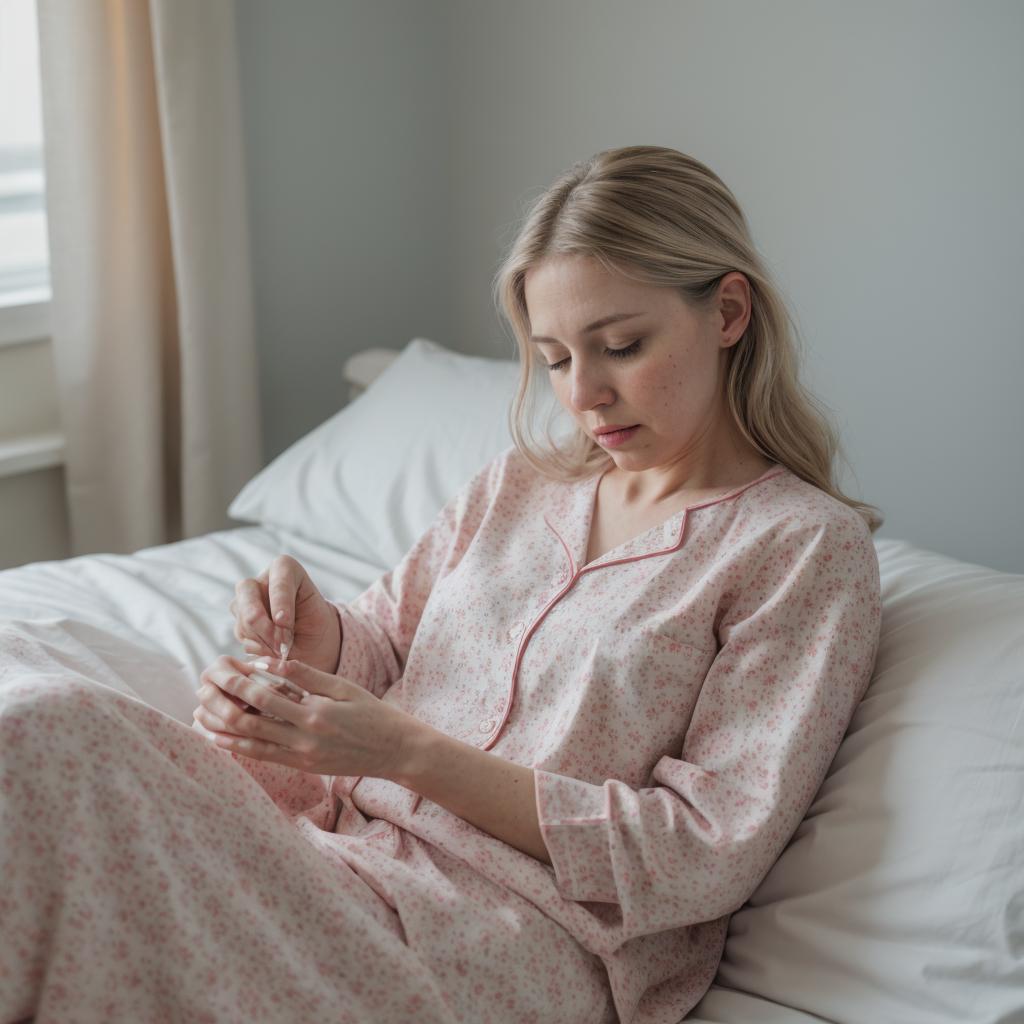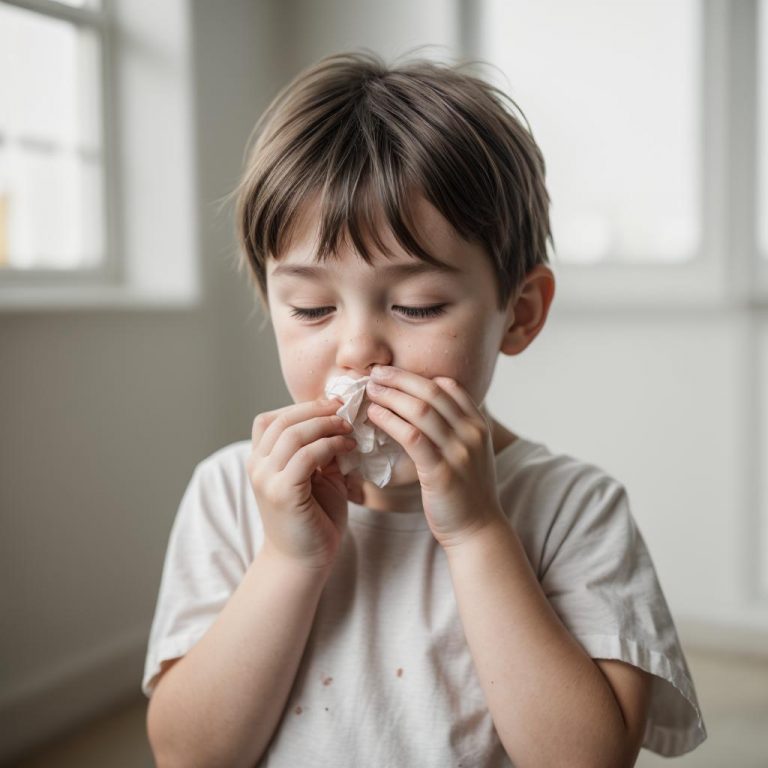
Hair coloring is a popular cosmetic practice used by millions around the world to change or enhance their hair color.
However, for some individuals, what starts as a routine beauty treatment can turn into a distressing experience due to allergic reactions to hair dye. Hair color allergy, though relatively rare, can lead to discomfort, skin irritation, and even serious health complications. Understanding the causes, symptoms, and treatment options for hair color allergies is essential for those who regularly dye their hair.

Causes of hair color allergy
Hair color allergies are primarily caused by certain chemicals present in hair dyes. The most common allergens found in hair dye products include:
Paraphenylenediamine (PPD): PPD is a chemical compound commonly found in permanent and some semi-permanent hair dyes. It is known to cause allergic reactions in sensitive individuals.
Resorcinol: Resorcinol is another chemical frequently used in hair dye formulations, particularly in darker shades. Like PPD, it can trigger allergic reactions.
Ammonia: Ammonia is often used in hair dye to open up the hair cuticle and allow the dye to penetrate the hair shaft. While not as common an allergen as PPD or resorcinol, some individuals may still be sensitive to it.
These chemicals can cause allergic reactions when they come into contact with the skin, scalp, or eyes during the hair coloring process.
Symptoms of hair color allergy
The symptoms of a hair color allergy can vary from mild to severe and may include:
Itching or burning sensation on the scalp, face, or neck
Redness or inflammation of the scalp
Swelling of the face, eyelids, or ears
Blisters or rash on the scalp or surrounding skin
Hives or welts
Watery or itchy eyes
Difficulty breathing or wheezing (in severe cases)
It’s essential to recognize these symptoms promptly to address the allergic reaction and prevent further complications.
Treatment options
If you suspect you’re experiencing an allergic reaction to hair dye, it’s crucial to seek medical advice promptly. Here are some treatment options commonly recommended for hair color allergies:
Stop using the hair dye immediately: If you notice any signs of an allergic reaction during the hair coloring process or shortly afterward, rinse the dye off your scalp and hair thoroughly and discontinue its use.
Use over-the-counter treatments: Over-the-counter antihistamines, corticosteroid creams, or lotions can help alleviate itching, redness, and inflammation associated with mild allergic reactions.
Seek medical attention: If your symptoms are severe or persist despite home treatment, consult a dermatologist or healthcare professional. They may prescribe stronger medications or recommend other therapies to manage your symptoms effectively.
Patch testing: If you’ve experienced an allergic reaction to hair dye in the past, your dermatologist may perform patch testing to identify specific allergens and help you avoid them in the future.
Prevention
Preventing hair color allergies requires careful attention to product ingredients and application techniques. Here are some tips to reduce the risk of allergic reactions:
Choose hypoallergenic hair dye: Look for hair dye products labeled as “hypoallergenic” or “allergy-tested,” as they are formulated to minimize the risk of allergic reactions.
Perform a patch test: Before applying hair dye to your entire scalp, conduct a patch test by applying a small amount of dye to a small area of skin (such as the inner forearm) and monitoring for any adverse reactions for 48 hours.
Follow manufacturer’s instructions: Always follow the manufacturer’s instructions when mixing and applying hair dye. Avoid leaving the dye on your scalp for longer than recommended, as prolonged exposure can increase the risk of allergic reactions.
Consider alternative hair coloring methods: If you have a history of hair color allergies or sensitive skin, consider alternative hair coloring methods such as henna or vegetable-based dyes, which are less likely to cause allergic reactions.
While hair coloring can be a fun and creative way to change your look, it’s essential to be aware of the potential risks associated with hair color allergies. By understanding the causes, symptoms, and treatment options for hair color allergies, you can take steps to minimize your risk and enjoy beautiful hair color safely. If you experience any signs of an allergic reaction to hair dye, don’t hesitate to seek medical advice promptly to prevent further complications.



